The Architectural Marvel: Heydar Aliyev Centre In Baku, Azerbaijan By Zaha Hadid
- 26 Dec 2023
- By Paras Gandhi

Zaha Hadid (1950-2016) was a trailblazing Iraqi-British architect renowned for her avant-garde designs and groundbreaking contributions to contemporary architecture. Pioneering the use of innovative forms and technologies, Hadid's iconic structures, such as the Heydar Aliyev Centre in Baku and the London Aquatics Centre, reflect her visionary approach, leaving an indelible mark on the architectural landscape.
Zaha Hadid's architectural legacy is marked by several remarkable works, but here are three of her most influential projects:
1. Heydar Aliyev Centre (Baku, Azerbaijan):
A masterpiece of contemporary architecture, this fluid and futuristic cultural centre showcases Hadid's signature style, with its flowing, undulating forms.
2. London Aquatics Centre (London, United Kingdom):
Designed for the 2012 Summer Olympics, this striking venue features a dynamic wave-like roof, embodying Hadid's commitment to pushing the boundaries of architectural design.
3. Guangzhou Opera House (Guangzhou, China):
This iconic opera house is characterized by its organic, sculptural form, seamlessly integrating with the surrounding landscape and reflecting Hadid's dedication to creating innovative and visually stunning structures.
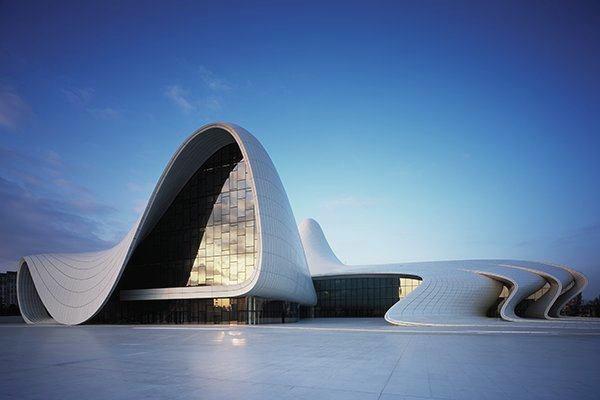
Nestled in the heart of Baku, Azerbaijan, the Heydar Aliyev Centre stands as a testament to the visionary brilliance of the late Zaha Hadid. This architectural masterpiece, celebrated for its fluid and futuristic design, is a quintessential representation of contemporary architecture, redefining the boundaries of what is possible in the realm of design and construction.
The Heydar Aliyev Centre, named after the third President of Azerbaijan, Heydar Aliyev, is more than just a cultural centre; it's a striking embodiment of Zaha Hadid's signature style and innovative approach to architecture. This awe-inspiring structure, completed in 2012, has become an iconic symbol not only of Azerbaijan's cultural heritage but also of the limitless possibilities that arise when visionary design meets cutting-edge engineering.
Architectural Ingenuity:
Hadid's design for the Heydar Aliyev Centre is characterized by its flowing and undulating forms, a departure from the rigid geometric shapes that often define architectural landscapes. The building seems to defy gravity, with its smooth, curved surfaces creating a sense of continuous movement. This departure from traditional architectural norms reflects Hadid's commitment to pushing boundaries and challenging preconceived notions of form and function.
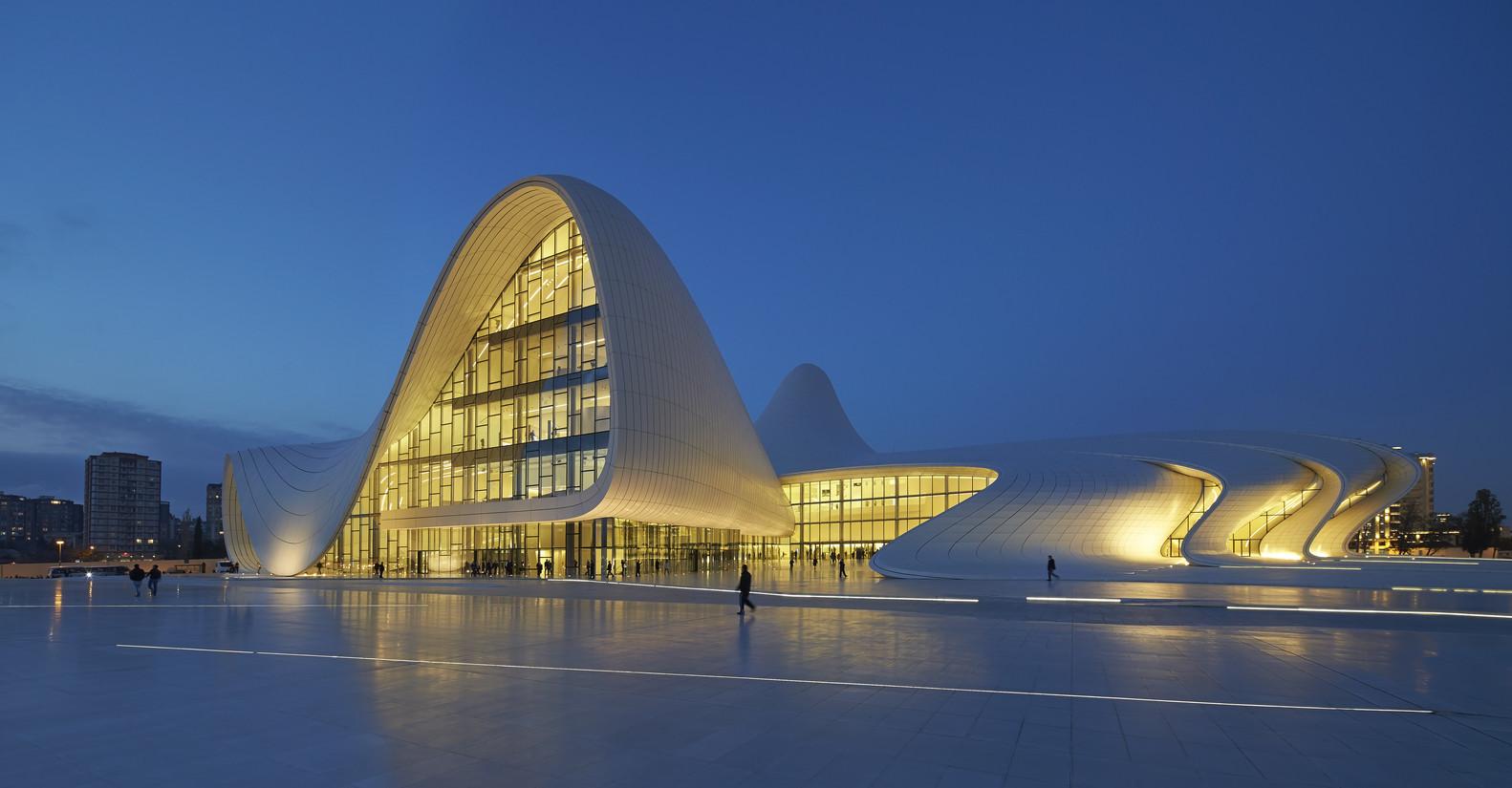
Fluidity in Design:
One of the defining features of the Heydar Aliyev Centre is its fluidity. The building eschews sharp angles and straight lines, opting instead for a seamless, organic flow. The exterior of the centre is devoid of columns or pillars, creating an open and uninterrupted space. This departure from traditional structural elements required innovative engineering solutions to ensure the stability and structural integrity of the building.
Cultural Significance:
Beyond its architectural brilliance, the Heydar Aliyev Centre serves as a hub for cultural expression and appreciation. The centre houses a museum exhibition hall, an art gallery, and a conference centre, providing a versatile space for a myriad of cultural and artistic events. Its design reflects an openness and inclusivity, inviting visitors to explore the intersections of culture, art, and architecture.
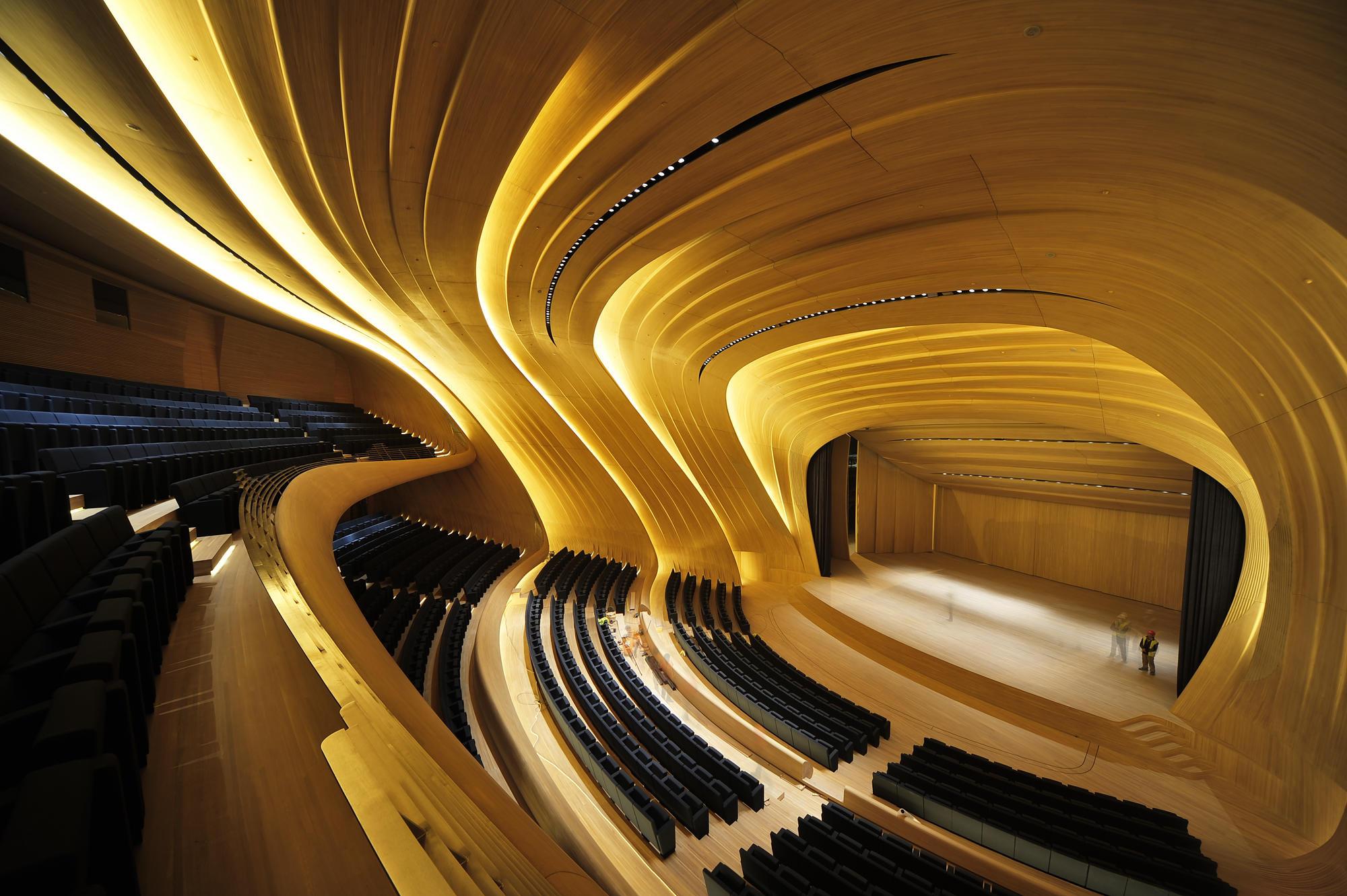
Heydar Aliyev Centre's Impact on Baku:
Situated in the heart of Baku, the Heydar Aliyev Centre has become an integral part of the city's skyline. Its futuristic and distinctive profile stands in stark contrast to the surrounding historical architecture, creating a harmonious dialogue between the old and the new. The centre has not only become a cultural focal point but also a symbol of Azerbaijan's forward-looking perspective and commitment to embracing innovation.
Structural Innovation:
The construction of the Heydar Aliyev Centre presented unique challenges due to its unconventional design. Traditional construction methods were insufficient, necessitating the use of cutting-edge technologies and materials. The building's curved, free-form structure required the development of custom-made Molds and precise engineering to ensure accuracy in every detail. The result is a structure that seems to defy the constraints of physics, appearing as though it is in a perpetual state of transformation.
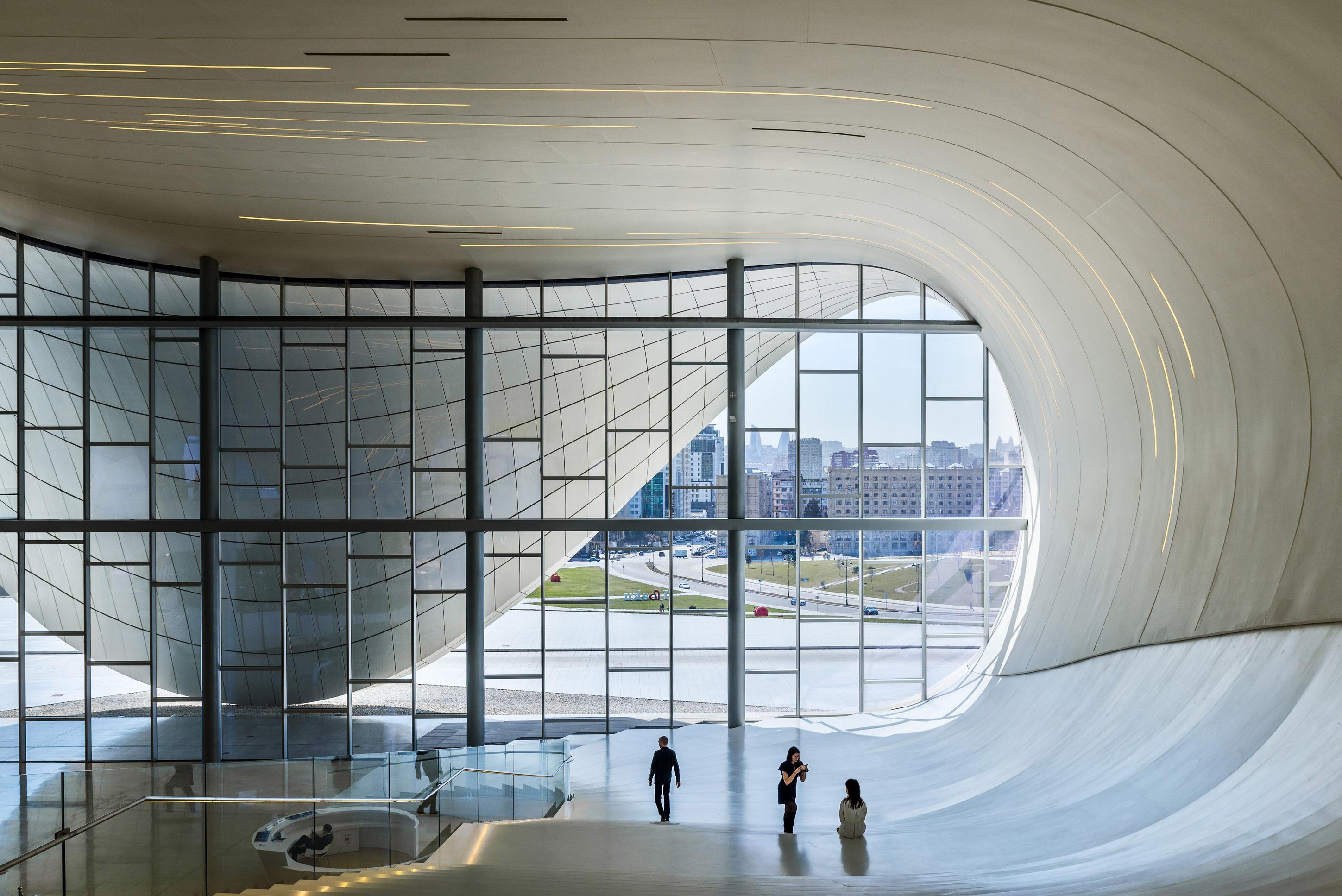
Sustainable Design:
In addition to its aesthetic and structural innovations, the Heydar Aliyev Centre incorporates sustainable design principles. The building's unique shape maximizes natural lighting, reducing the need for artificial illumination during daylight hours. The use of energy-efficient systems further underscores Hadid's commitment to environmentally conscious design, setting a precedent for future architectural endeavours in the region.
Global Recognition:
The Heydar Aliyev Centre has garnered global acclaim, solidifying Zaha Hadid's reputation as a trailblazer in the world of architecture. Its inclusion in the international architectural discourse highlights the centre's significance not only as a cultural institution but also as a beacon of innovation in design. The fluidity of its forms, the audacity of its construction, and its seamless integration into the urban landscape have all contributed to its status as a landmark of contemporary architecture.
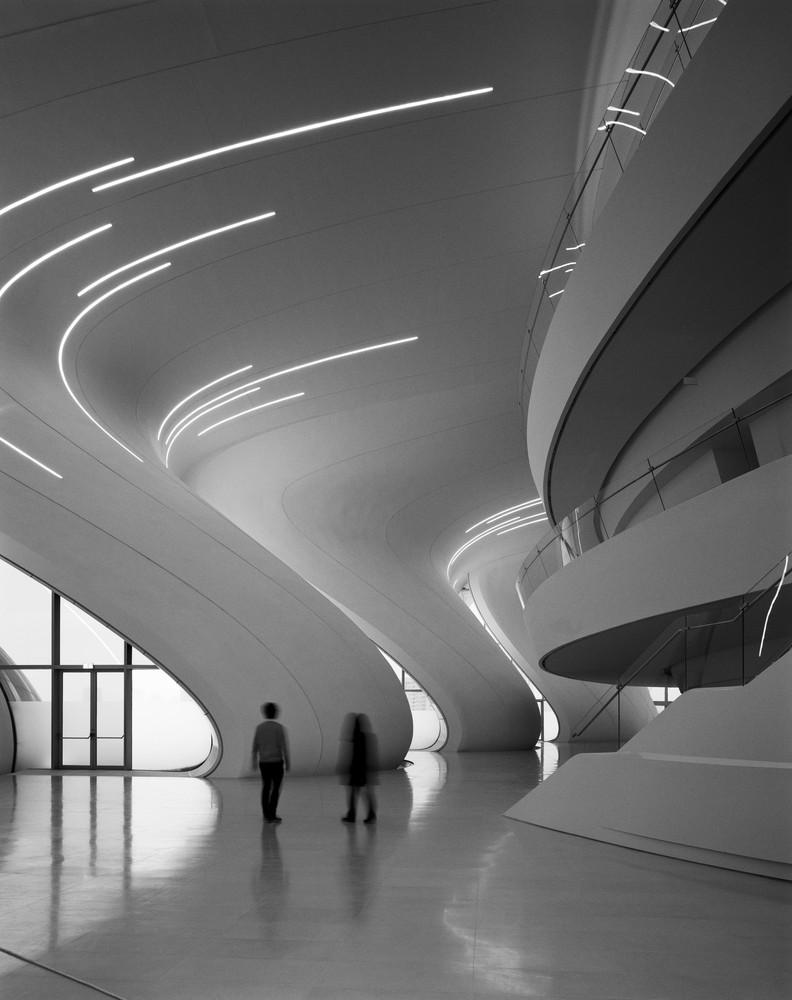
Conclusion:
In the heart of Baku, the Heydar Aliyev Centre stands as a testament to Zaha Hadid's unparalleled vision and the transformative power of architecture. Its fluid and futuristic design, coupled with its cultural significance, has elevated it to the status of a global architectural icon. The centre not only reshapes the skyline of Baku but also challenges the very essence of architectural norms, leaving an indelible mark on the landscape of contemporary design.
Recently Published
loves or pursues or

.jpg)

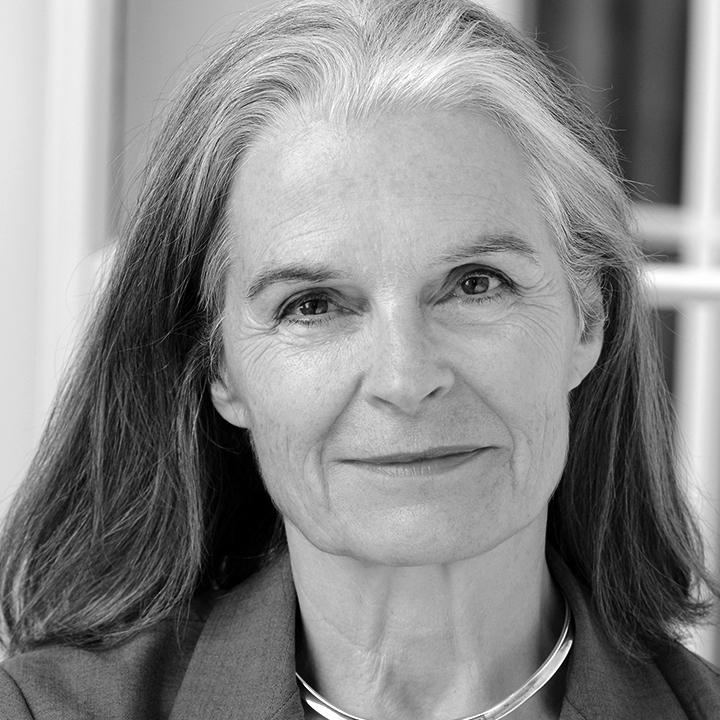
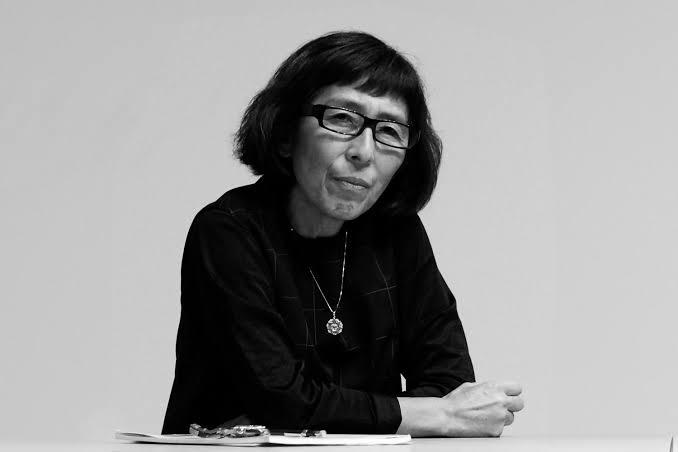
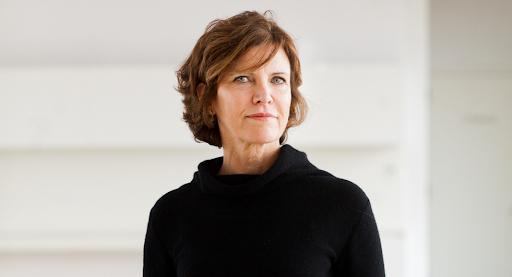
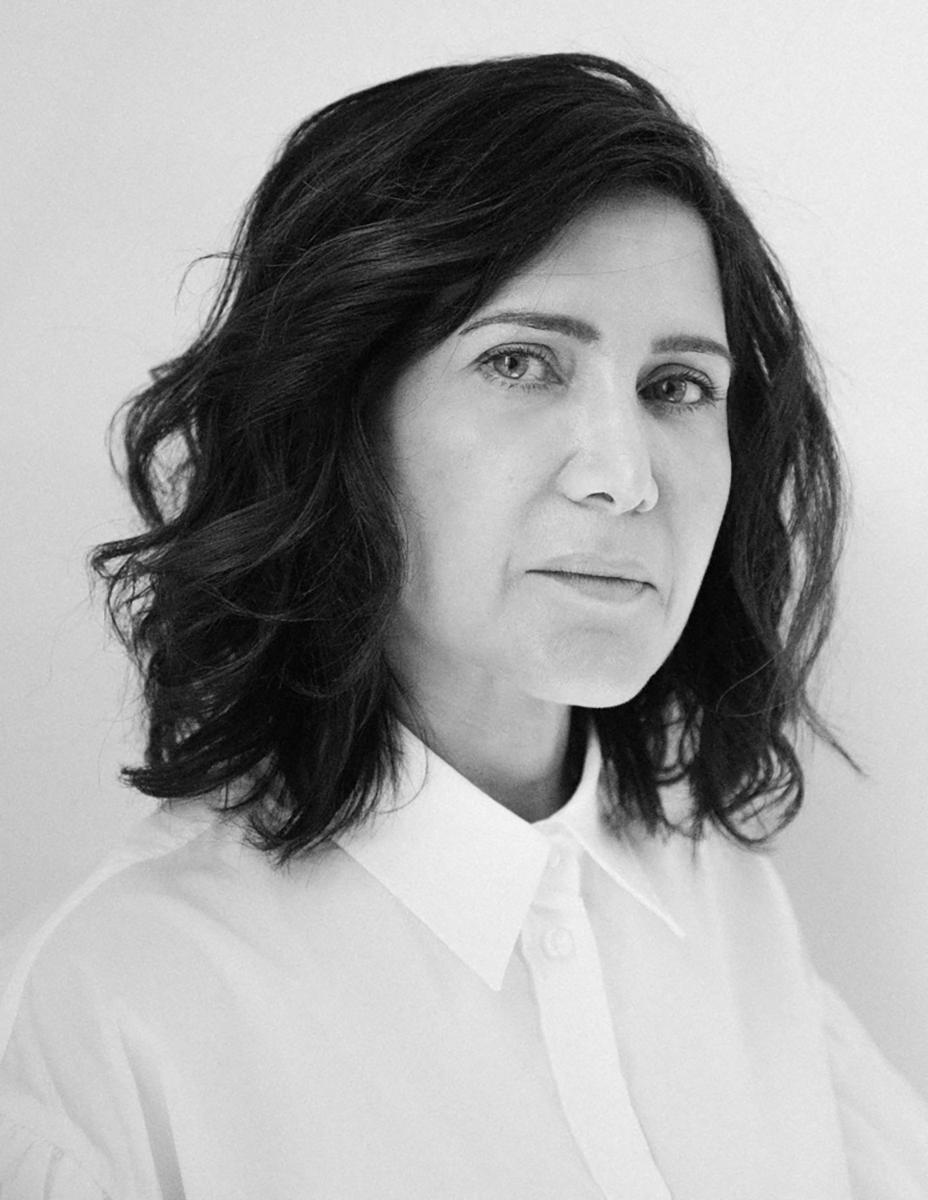
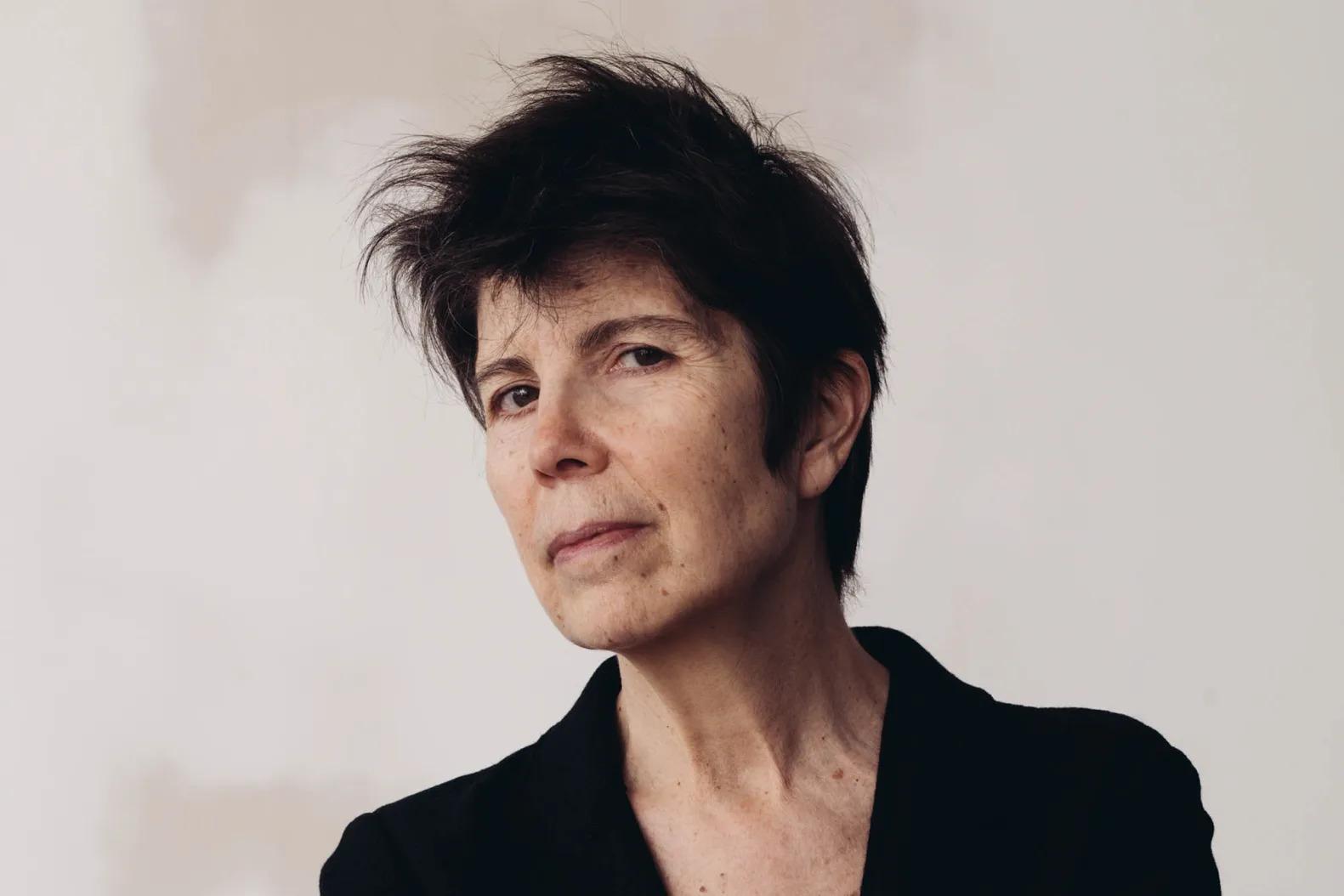
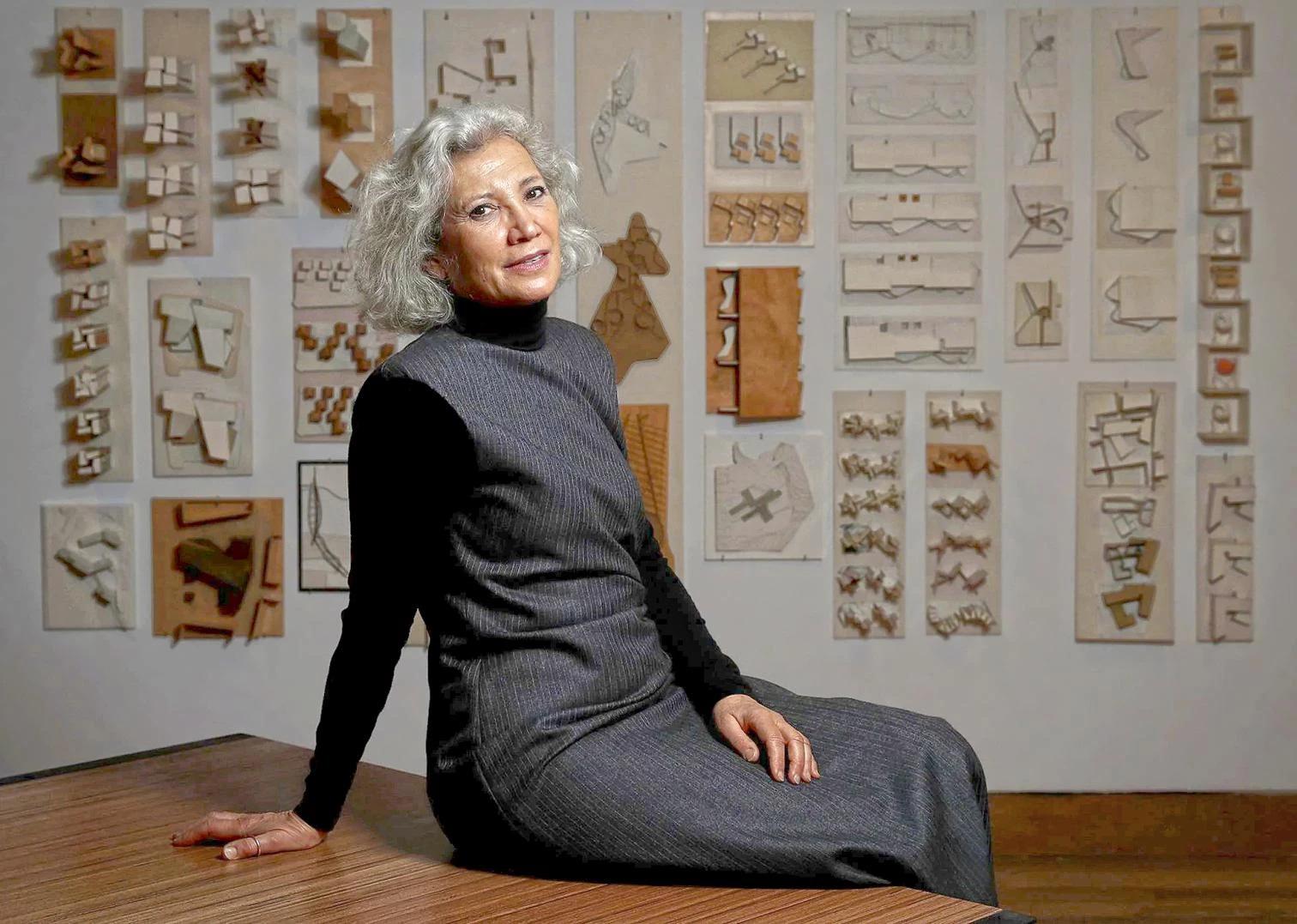
.jpg)